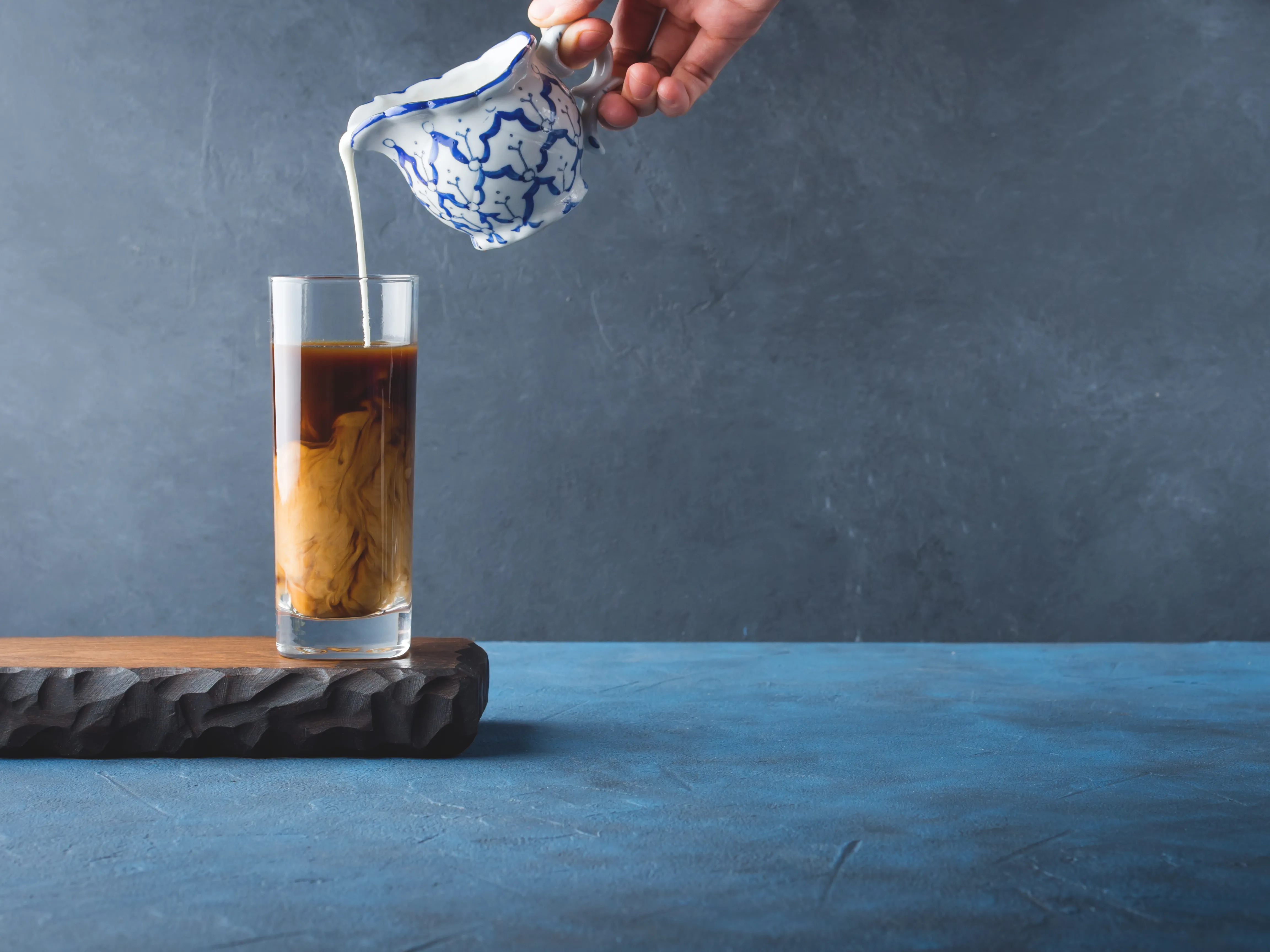Cold brew tea is a refreshing and healthier alternative to traditional hot brew tea. It is made by steeping tea leaves in cold water for an extended period, typically ranging from 6 to 12 hours. This method results in a smoother and less bitter flavor profile, akin to cold brew coffee. The flavor of cold brew tea can vary significantly as it can be made from a variety of tea types, including black, green, herbal, and fruit tea.
The Growing Popularity of Cold Brew Tea
Over the past few years, cold brew tea has surged in popularity. This is largely due to its customizable taste and lower calorie content compared to sugary iced tea beverages. The market valuation of cold brew tea reached $126.2 million in 2020 and is anticipated to grow at a compound annual growth rate (CAGR) of 11.7% from 2021 to 2028.
Market Drivers and Dynamics
- Health Consciousness: Increasing health awareness among consumers is a major driving force for cold brew tea. The beverage aligns with the demand for natural and organic products.
- Functional Benefits: Tea is celebrated as a functional beverage, and its ready-to-drink format is convenient for consumers.
- Regional Growth: North America leads in market size, but the Asia Pacific is predicted to experience substantial growth, driven by rising tea popularity and increasing disposable incomes.
The market segmentation is based on product type (black, green, herbal, and fruit tea) and distribution channels, including supermarkets, specialty stores, and online platforms.
Key Players in the Market
The cold brew tea market is competitive, featuring both large corporations and smaller, innovative brands. Notable players include:
- Unilever N.V.
- Nestle S.A.
- The Coca-Cola Company
- Starbucks Corporation
- Pure Leaf
In addition, brands like Harney & Sons, Inc., The Republic of Tea, Inc., and Rishi Tea & Botanicals, LLC are contributing to market diversity with unique cold brew tea offerings.
The Commercial Production Process of Cold Brew Tea
Creating cold brew tea commercially involves several core steps:
- Selecting Tea Leaves: The process begins with choosing the appropriate tea leaves based on flavor desires, including options such as black, green, or herbal.
- Steeping: Selected tea leaves are steeped in cold water within large containers for 6 to 12 hours to extract their aroma and flavors.
- Filtering and Bottling: Post-steeping, tea is filtered to separate the leaves, then bottled as a concentrate
- Optional Dilution: Depending on the strength preferences, the concentrate might be diluted with water.
- Optional Pasteurization: Some producers pasteurize the beverage to enhance shelf life and ensure safety.
- Distribution: The finished product is distributed for sale through grocery stores, specialty retailers, and online.
While variations exist, these foundational steps are commonly followed by most producers.
Conclusion
As a health-conscious and flavorful alternative to traditional tea drinks, the cold brew tea market is positioned for continued expansion. With innovation from both major brands and smaller niche players, the future looks bright for cold brew tea enthusiasts and manufacturers alike.
 PMG stands for Projects Management Group. We provide state-of-the-art Engineering Services to build world-class food processing factories.
PMG stands for Projects Management Group. We provide state-of-the-art Engineering Services to build world-class food processing factories.  Engineering is the difference between Chaos and Excellence. If you are going to do it, do it right.
Engineering is the difference between Chaos and Excellence. If you are going to do it, do it right.  Explore the diverse range of Products in the Food Processing Industry.
Explore the diverse range of Products in the Food Processing Industry.  Explore the technologies at the heart of the the Food Processing Industry.
Explore the technologies at the heart of the the Food Processing Industry. 


 Back
Back 



